Source: Dailytech
The device will cost ¥200,000, or around $1,744 USD — about twice the price of a 40″ LCD TV in Japan.
Overall (base included) the device has measurements of 287×253×140mm and weighs in at 2 kg (4.4 pounds). It sports a 1080p input resolution, though the screen only measures 960×540, so it downscales the image to fit the screen.
One of its more impressive features is a sharp 1,000,000:1 contrast ratio and the fact that it accomplishes it while only consuming 45W of power (according to Sony, this represents a 40 percent power reduction over conventional LCD monitors).
Sony touts the device as a display revolution. They claim that the device has very fast response times –up to 1,000 times that of LCD displays — though no test information was presented to support these claims.


September 27th, 2007
admin
Source: Dailytech
Researchers from IBM and ETH Zurich have demonstrated a new technique to “print” at the nanoscale, yielding the world’s current smallest piece of art. Rather than just lending the technology to legal departments to write even smaller tinyprint, the more important application of this invention could apply to nanoscale production.
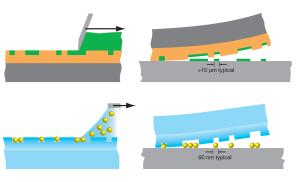
September 27th, 2007
admin
Source: Dailytech
NASA chip can take the heat: 1,700 hours of continuous operation at 500 degrees Celsius
September 27th, 2007
admin
Source: weirdasianews.com
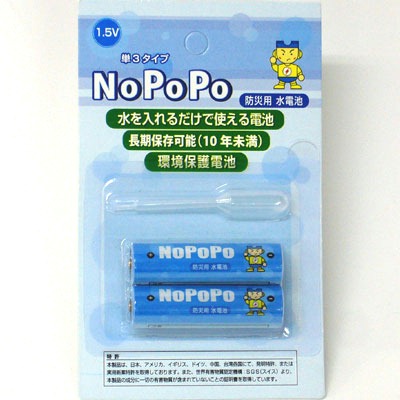
NoPoPo (Non-Pollution Power) Aqua Batteries are available in both AA and AAA form, although the company page shows they are producing the technology for all sizes of battery, and can only be currently purchased in Japan.
The batteries can be recharged with various different fluids using the new development which forms electric power using liquid as a catalyst.
September 27th, 2007
admin
Source: engadget
The nation is looking to set up an “experimental landmass” where a smorgasbord of sensors will “allow doctors to remotely monitor the health of the elderly,” and in another instance, “monitor the movement of pedestrians and notify nearby drivers.” Additionally, IC tags could be implanted into produce in order to divulge information such as where it was grown to a shopper’s mobile phone.
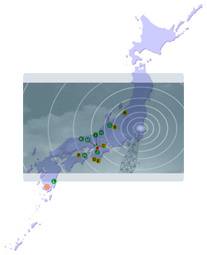
September 27th, 2007
admin
Source: Dailytech
In the past, photons thrusters have been relegated to science fiction as they were considered too unpractical for modern space flight. While such a device would have the advantage of nearly constant thrust, unlike a fuel rocket, photons have no mass so it could take years to equal the speed of traditional propulsion techniques.
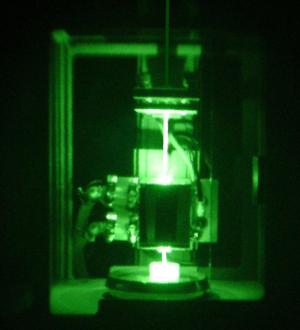
September 27th, 2007
admin
Source: Dailytech
The newest concept — dubbed Mini-MagOrion, or MMO — takes the old Project Orion concept of using small nuclear explosions, one after another, to propell a spacecraft faster than any propulsion system in use today.
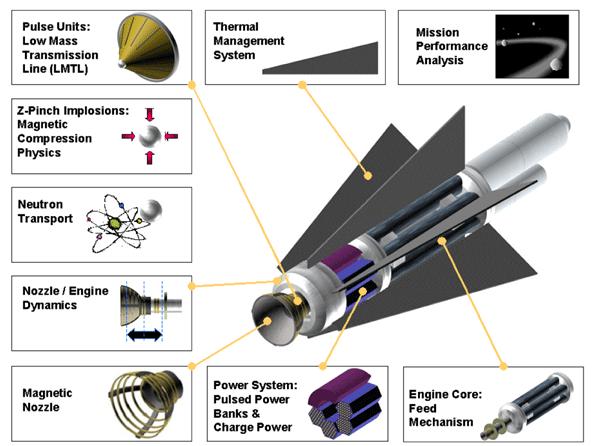
September 27th, 2007
admin
Source: tgdaily
Tokyo (Japan) – Toshiba has been somewhat quiet about its involvement in the development and marketing of the Cell processor, the heart of the Playstation 3. Now we know what Toshiba is up to: The company will introduce a stream processor that will go head to head with AMD and Intel in various consumer market segments.
September 27th, 2007
admin
Source: Gizmodo
Ras al-Khaimah — one of the United Retarded Arab Emirates, — is going to install this floating solar island, which will be 0.62 miles in diameter when completed. Due to the lack of space in land, the micro-state contracted the Neuchâtel’s Swiss Center for Electronics and Microtechnology to design it, paying $5 million toward the construction of the project. The island will produce electricity by heating up water to produce vapor and will be able to propel itself in case bad weather strikes
September 21st, 2007
admin
Source: Dailytech
Nanowires store data for 100,000 years and read 1000 times faster than current data storage methods
September 21st, 2007
admin
Source: Dailytech
Storing memory in live neurons paves way for cyborgs
Israeli researchers Itay Baruchi and Eshel Ben-Jacob of Tel-Aviv University have demonstrated through experiment that it’s possible to store multiple rudimentary memories in an artificial culture of live neurons.
September 21st, 2007
admin
Source. Stem Cell News
A team of researchers has succeeded in engineering stem cells taken from tooth germ to quickly develop into liver or bone tissue, the National Institute of Advanced Industrial Science and Technology’s Research Institute (AIST) for Cell Engineering said.
September 21st, 2007
admin
Source: BBC News
Scientists at Durham University have developed a method of routinely growing stem cells in conditions similar to the human body.
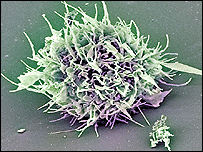
September 21st, 2007
admin
Source: Dailytech
Keyboard that features a handwriting identity feature available to consumers
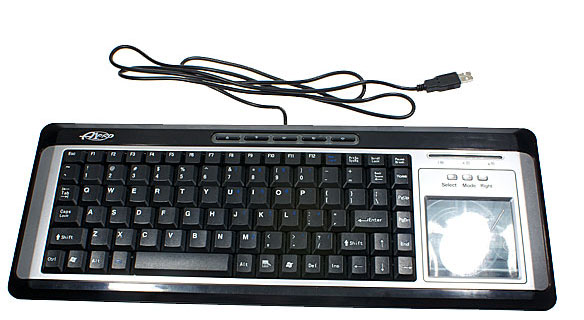




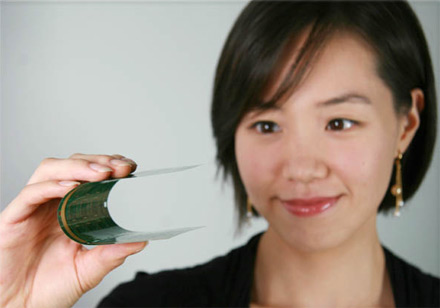






Recent Comments